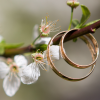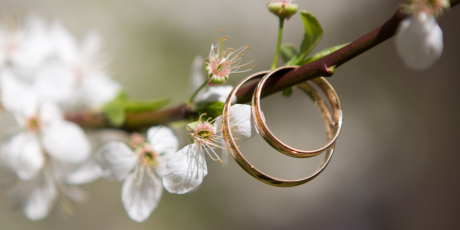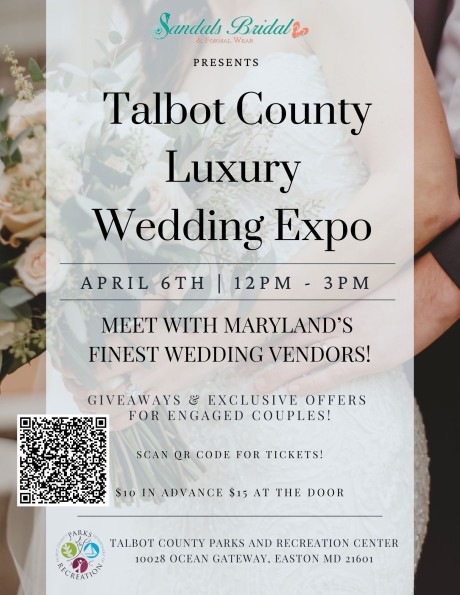Capturing the Magic
By Taryn King | Photos by Tiffany Caldwell Photography
The careful positioning of the viewfinder, a sharp click of the shutter, the whirr of film as it rewinds and the anticipation of getting your prints developed — these are the memories of capturing the world around us on film. But for generations born after the late 1990s, these will not be shared memories, though evidence would indicate that younger generations’ curiosity is alive and well, in the form of digital post-edit presets and filters that imitate the medium.
But for most people to experience the nostalgia of legit film photography for themselves, they’ll have to scour the family attics and pick through online listings of secondhand sellers, then hunt down compatible film and research developing labs. It’s work to experience something that has been rendered irrelevant in the digital age. Who needs to go through that hassle when digital cameras are already hiding in our pockets, on the backs of our phones? And for the professionals, the images being captured on state-of-the-art cameras are nothing short of stunning.
But there is a quiet movement of re-emerging interest in film photography that is quickly gaining momentum. Interestingly, as of 2019, 60 percent of film users polled by film manufacturer Ilford are younger than 44. And for many of these young photographers, film provides an authenticity that can’t be found in a digital photo. More specifically, it’s the tangible nature of creating an impressive physical object that takes time, effort and patience. When we consider that this age group makes up the vast majority of those currently getting married, it begs the question: Is there a place for film in today’s wedding photography?
According to Tiffany Caldwell, local wedding photographer and lover of all things “old,” the answer is a resounding “Yes.” While she started learning to work with film in middle school, by the time she made a career out of photography, digital cameras were already taking over. And though her love for film never really went away, she embraced the digital format and moved forward.
But recently, with the resurgence of film photography, she’s begun offering film as a full package, or as an add-on to existing digital packages — and clients are loving it.
Explaining how it came to be, Tiffany said, “Honestly, I started bringing [film] to the weddings just because I love it. I mentioned to the couples what I was doing, and some of them were actually interested. That’s when I began offering the hybrid option to couples.”
For this hybrid choice, Tiffany will have a second shooter who takes over digitally while she continues shooting with film. Package additions include film portraits on medium format and/or sprinkling film shots on 35mm throughout the day.
People who love film are drawn not only to the nostalgia and aesthetic factors of warmth, tone and grain — for many of them, it’s also about the authenticity of a single shot that can’t be retaken, so you have to know what you’re doing in the first place.
In terms of the film itself, Tiffany likes the challenge.
“Sometimes the picture is a little soft or a little blurred because the lighting wasn’t just right. That’s also beautiful to me. And I can fix it if have to, but digitally adjusting the images defeats the point. For the most part, you have to slow down and really pay attention to what you’re doing. There’s no afterwork. You have to have the skill, know what you’re doing. But we’re also not looking for perfection, like with digital images.”
Not that digital photography is going anywhere. Tiffany has no plans to replace the medium in her own work. Rather, it’s about offering her clients another experience. Because, like anything else that we hold nostalgia for, it brings something up for people, emotionally.
“Think about when you visit older family members, and they say, ‘Let’s look through the old pictures,’ and then they pull out an old album. What photos do you see the most? You see weddings! That’s how we look at our family history. There’s something really tangible about that. I get really excited when my mom brings out the old pictures and we spread them out on the table. I love holding and handling them.”
When digital galleries are presented to couples, normally they will only want a few photos printed — specifically portraits. With film options, people are likely to ask for more prints, and it’s a great conversation-starter when film shots of your wedding are presented in a little coffee table box for viewing.
Tiffany said, “The printing is where you see the difference in the full film process, and that piece gets lost a little bit with digital.”
Couples are going to come back to their wedding photos again and again over time. And, hopefully, those pictures still exist as physical photos when later generations express curiosity about their own family history.
Couples interested in booking their wedding with Tiffany should contact her about a year in advance. Availability for smaller events is based on current openings. For contact information and to see more of her work in film and digital formats, visit Tiffany’s website at tiffpics.com.






















